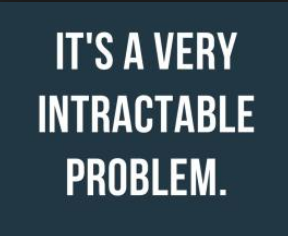
Working in most organizations you spend a disproportional amount of time on looking to achieve alignment. This can range from aligning your meeting schedules to the bigger strategic issues by gaining agreement on the way forward.
I would bet you that working on alignment is certainly one of the main tasks that is sucking up a large part of your working day. Interesting enough the higher up in the organization you go, the more you have to seek alignment. Gaining alignment is actually very hard.
In corporate life we are constantly attempting to also link organizational goals with our own personal goals. To make this alignment, it requires the difficult aspect of achieving common understanding of all the parties for the specific purpose you are requiring, so as to achieve a consistency between ‘agreed’ objectives and the implementation of these across those involved.
In pursuit of alignment
